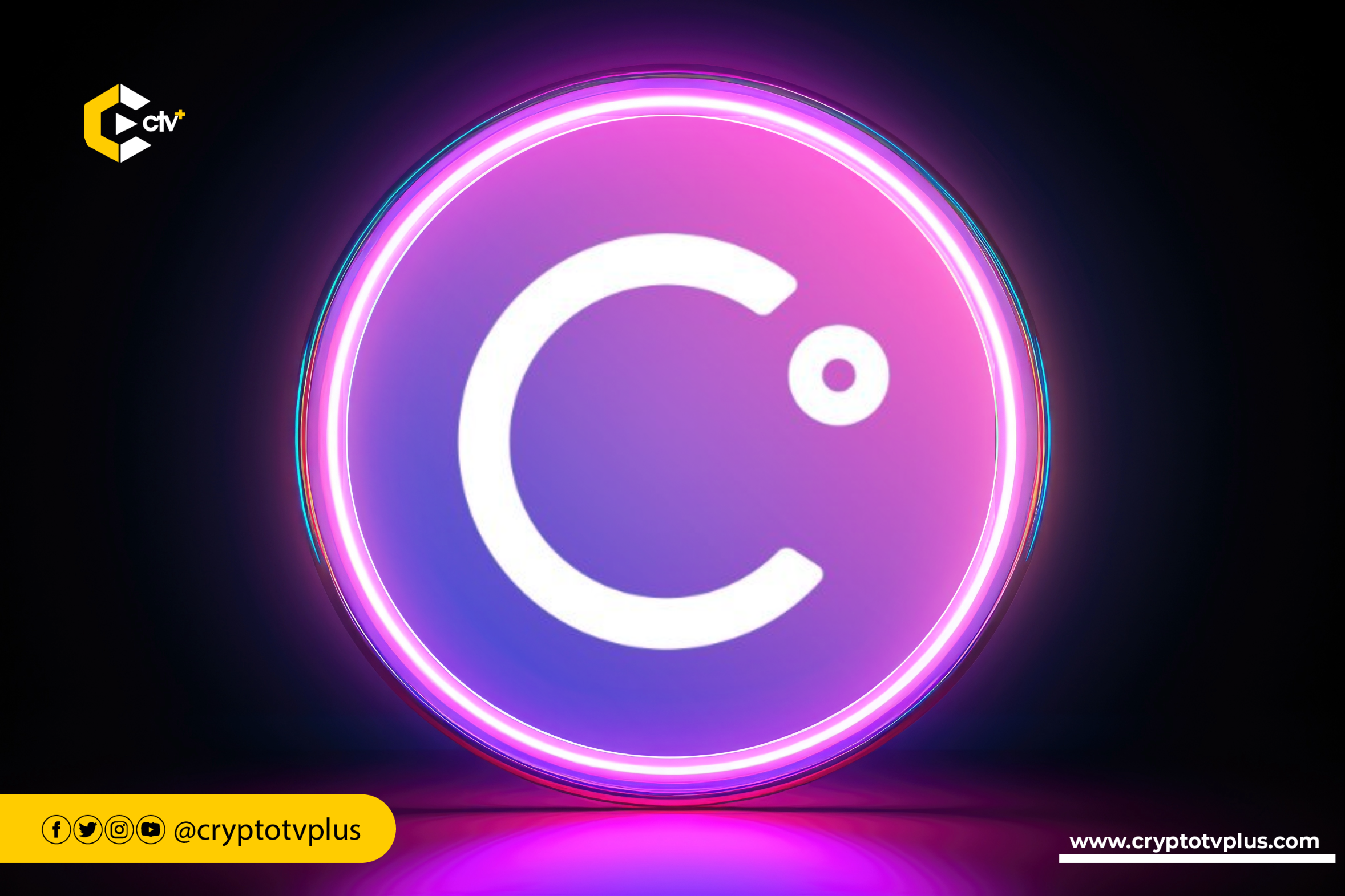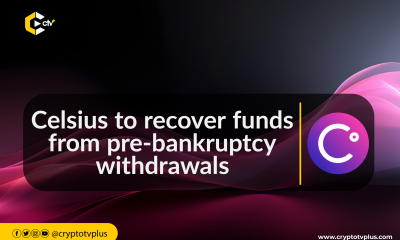News
Celsius pays $2.5B to 251,000 creditors, still owes many more

Celsius has made notable progress in its bankruptcy process with the distribution of over $2.53 billion to more than 251,000 creditors. These payments were made in both liquid cryptocurrency and cash, based on prices from January 16th, according to a recent court filing by Celsius’ bankruptcy administrator.
Per the filing, the distribution includes Liquid Cryptocurrency, Cash, and, for some creditors, MiningCo Common Stock, reaching thousands of creditors across 165 countries. Celsius had creditors worldwide because its business model before the bankruptcy focused on rapidly expanding its platform and user base globally.
“As has been disclosed throughout these Chapter 11 Cases, Celsius was not a fully regulatorily compliant business prepetition, and many regulators were pursuin enforcement actions against the Debtors” the filing stated.
Despite the significant amount already distributed, approximately 121,000 eligible creditors are still awaiting their funds. Many of these creditors have small claims, with around 64,000 expecting less than $100 and another 41,000 between $100 and $1,000.
The rise and downfall of Celsius
Celsius Network was a cryptocurrency lending platform where users could deposit digital assets like Bitcoin and Ethereum to earn interest. It worked similarly to a traditional bank but with some differences.
Users deposited their cryptocurrencies into the Celsius dApp, and the company lent those funds to both retail and institutional borrowers. In return, users received weekly interest payments from the revenue generated by Celsius’ lending activities. The platform claimed to return 80% of its revenue to users, making it attractive for those looking to earn passive income on their crypto holdings.
At its height, Celsius had about 300,000 active users with over $100 in their wallets and more than 1.7 million registered users. The platform also allowed users to take out loans by using cryptocurrency as collateral, eliminating the need for credit checks.
However, in June 2022, Celsius made headlines when it suddenly stopped all withdrawals, swaps, and transfers, citing “extreme market conditions.” At the time, the company had lent out about $8 billion to clients and managed nearly $12 billion in assets.
Shortly after, on July 13, 2022, Celsius filed for Chapter 11 bankruptcy. The situation worsened in June 2023 when founder Alex Mashinsky was arrested by the Department of Justice, accused of defrauding customers through false claims about the platform’s safety and security.
Some have likened Celsius to a Ponzi scheme, particularly regarding its CEL token, but the reality is more complex. The company failed to properly disclose its business model and the risks involved, leaving many users vulnerable when the platform collapsed.
The future of Celcius
The court said that the process of giving out money to creditors is probably the most complex and challenging one ever tried in a Chapter 11 bankruptcy case. It’s not just a regular liquidation where assets are sold off; it’s a worldwide effort that involves thousands of creditors.
Although the court officially closed the bankruptcy after approving a reorganization plan in November 2023 and Celsius has transitioned to form a new entity, MiningCo, it still needs to resolve its remaining legal issues.
A year ago, Celsius sought court approval to launch a new company focused on crypto mining activities under creditor ownership. However, Judge Martin Glenn, overseeing Celsius’s bankruptcy proceedings, raised concerns about the move and its implications. He warned that the proposed changes could complicate the bankruptcy process, as they deviate from the original plan approved by creditors.

























Pingback: Aave Labs to connect GHO stablecoin with BlackRock’s BUIDL | CryptoTvplus - The Leading Blockchain Media Firm
Pingback: Aave Labs to connect GHO stablecoin with BlackRock’s BUIDL | CryptoTvplus – Aspire Market Guides